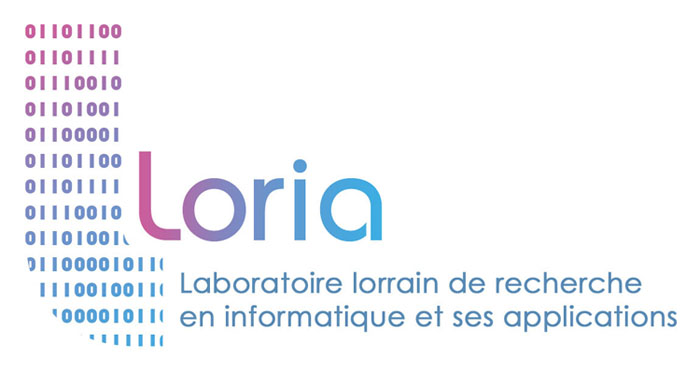

Title: “Computational modeling of healthy and epileptic hippocampal oscillations”
Members of the jury :
– Daniel Wojcik (Nencki Institute, Warsaw, Poland), Rapporteur
– Régine Le Bouquin Jeannès (LTSI, Université Rennes 1), Rapporteur
– Boris Gutkin (LNC2, ENS Paris), Examinateur
– Patrick Hénaff (Loria, Université de Lorraine, Nancy), Examinateur
– Laure Buhry (Loria, Université de Lorraine, Nancy), Co-directrice de thèse
– Radu Ranta (CRAN, Université de Lorraine, Nancy), Directeur de thèse
– Louise Tyvaert (CRAN, CHRU Nancy), Invitée
Abstract :
The hippocampus can exhibit different oscillatory rhythms within the sleep-wake cycle, each of them being involved in cognitive processes. For example, theta-nested gamma oscillations, consisting of the coupling of theta and gamma rhythms, are produced during wakefulness and are associated with spatial navigation and working memory tasks, whereas sharp-wave-ripple complexes, consisting of fast oscillatory events occurring during low frequency waves, are produced during slow-wave sleep and quiet waking and play an important role in memory consolidation. Models exist to reproduce and explain the generation of each of these rhythms, yet the mechanisms involved in their generation and the transitions between them are not yet fully understood.
This question is all the more important that altered hippocampal rhythms are involved in drug-resistant mesial temporal lobe epilepsy, a common form of epilepsy which cannot be controlled by existing pharmaceutical treatments. Some models have also been previously developed to reproduce epileptic seizures (episodes of excessive neural activity) or interictal discharges (brief peaks of synchronous activity), but these models cannot fully explain the links between neuropathological conditions of the hippocampus, physiological processes such as the sleep-wake cycle, and the resulting oscillations.
In this context, the main objective of this thesis is to provide better understanding of various hippocampal oscillations, both physiological and pathological.
To do so, we first design a full computational model of the healthy hippocampal formation including the entorhinal cortex, the dentate gyrus and the CA3 and CA1 regions. This model includes more than thirty thousand Hodgkin-Huxley point neurons, reprensented by tens of thousands differential equations to be solved numerically, as well as an estimation of the extracellular potentials (LFP) generated by the dipolar neurons as measured by a macroscopic electrode, so as to be more easily interpretable. We perform a thorough study of our model’s activity based on design of experiments techniques to identify the role of each of its intrinsic parameters and the importance of input stimulation in the production coupled oscillatory outputs.
We then evaluate our model in a realistic context : its activity under realistic input stimulation is compared with intracranial recordings obtained in epileptic patients. We demonstrate that our model is able to reproduce both sleep and wakefulness oscillations with temporal and frequential similarities with the clinically measured signals. We link the modification of some parameters of the model (synaptic gains and ion channel conductances) with cholinergic modulation, and show how single neuron dynamics are mostly responsible for the frequency of slow oscillations of our network, while network functional connectivity controls its fast oscillations.
Finally, we detail our model further to include four pathological modifications of the hippocampus seen in mesial temporal lobe epilepsies, that is hippocampal sclerosis, mossy fiber sprouting, and impaired potassium and chloride dynamics in pyramidal neurons (which are modeled by changing the network connectivity or the parameters of individual neuron dynamics), and show how these mechanisms can interact with the previously described sleep-wake cycle and lead to pathological synchrony and rhythms such as seizures, interictal spikes and fast ripples.
In conclusion, we propose in this thesis a unique model of the hippocampus regrouping many mechanisms previously described in separate works, and analyze its oscillatory activity as we vary different parameters representing either structural or functional properties of the network, as well as pathological modifications observed in epilepsy. Our results provide new insights into the mechanisms underlying the generation of various hippocampal oscillations, which could open the way to future clinical applications.
